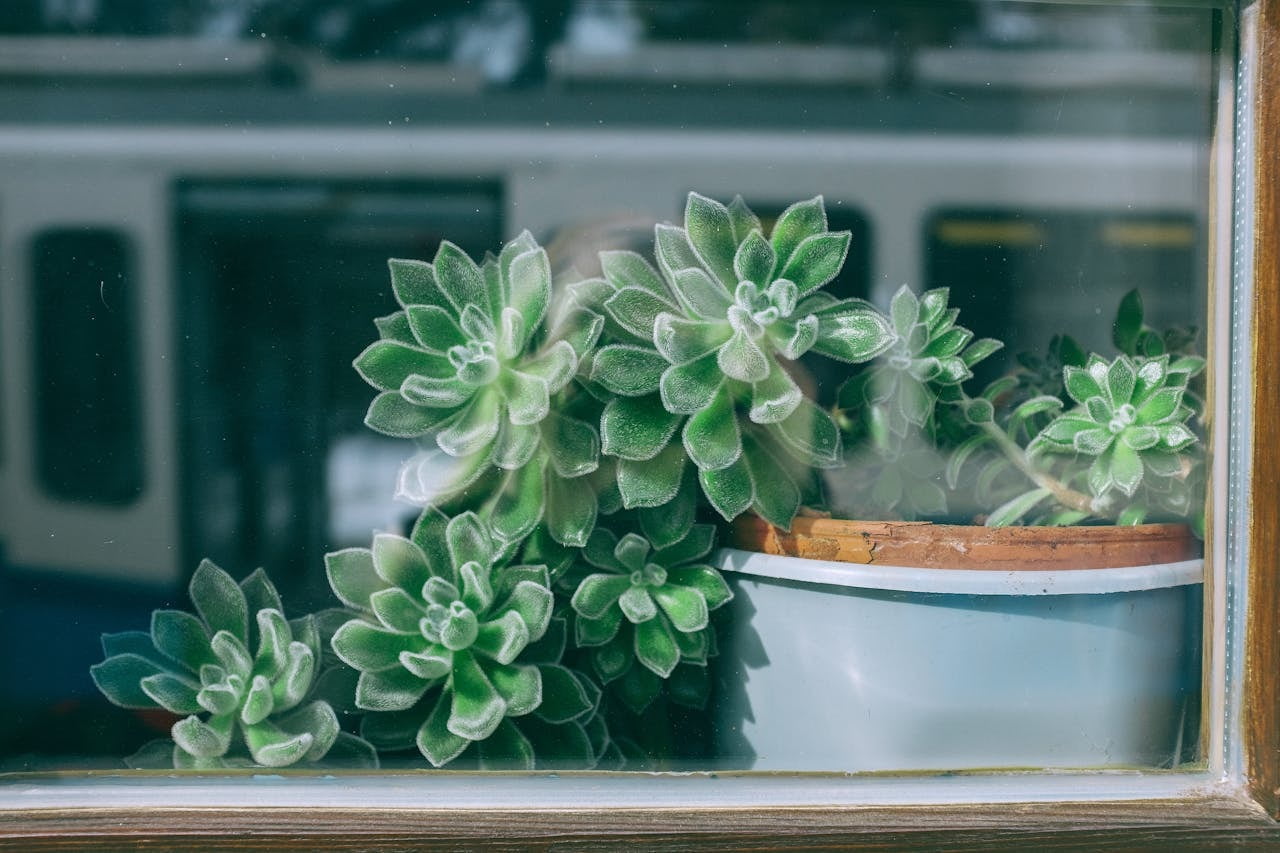Introduction:
Among this floral symphony, however, there is an often-overlooked partner that adds a distinct appeal to arrangements - cut foliage. Ranging from rich greens to complex leaves, plays an important part in increasing the beauty and craftsmanship of flower creations. We will dig into the realm of cut foliage in this inquiry, discovering its elegance, adaptability, and the subtle poetry it brings to the language of floristry.
The Unsung Heroes: Cut Foliage in Floristry
While blooms steal the stage, cut foliage works silently behind the scenes to provide the essential backdrop to display the beauty of flowers. Foliage occurs in a variety of forms, sizes, and textures, ranging from the feathery fronds of ferns to the wide, glossy leaves of tropical plants. Each leaf has a distinct personality that contributes to the overall attractiveness of a flower arrangement.
Versatility in Design:
The design variety of cut foliage is one of its distinguishing characteristics. Unlike flowers, which only blossom for a short time, foliage retains its freshness and attraction for a longer amount of time. This persistent feature makes it a favorite in flower arrangements ranging from bouquets to centerpieces. Florists may create dramatic compositions using the various forms and textures of foliage, giving depth and visual appeal to their works.
Cut foliage sometimes takes center stage as a design feature in its own right, rather than just acting as a supporting player. Monochromatic arrangements with various colors of green leaves emanate a classic and refined beauty. The basic beauty of an all-foliage arrangement may be just as striking as an explosion of bright flowers. Foliage-centric designs provide a sense of calm and natural beauty, evoking the essence of lush landscapes.
Creating Harmony: The Marriage of Foliage and Flowers
Balance is essential in the art of flower arrangement, and cut foliage plays a critical part in generating harmony amongst diverse elements. It functions as a uniting force, smoothly linking diverse flowers and hues. Foliage may soften the overall appearance of an arrangement by creating a subtle transition between different flower kinds. The exquisite lacework of ferns or the dramatic presence of palm fronds may enhance a bouquet, transforming it into a coherent visual masterpiece.
Texture and Dimension:
Cut foliage's tactile touch adds another layer of texture and complexity to flower creations. The silky smoothness of lamb's ear contrasts well with the glossy shine of magnolia leaves. Florists may design arrangements that interest not only the sight but also the sense of touch by including varied leaf textures. The interaction of light and shadow on different leaf surfaces lends depth to the arrangement, making it visually appealing from any perspective.
Foliage for Every Season:
While flowers sometimes change with the seasons, cut foliage remains evergreen, providing lush beauty all year. The strong leaves of eucalyptus and pine add a touch of greenery to festive displays throughout the winter. Tropical foliage provides a colorful, exotic touch to the garden throughout the spring and summer. Autumnal bouquets, richly colored with maple and oak leaves, depict the changing environment. Because cut foliage is available all year, florists have a broad palette to work with regardless of the season.
Sustainable Choices: The Eco-Friendly Appeal of Cut Foliage
Cut foliage appears as an eco-friendly option in floristry in an era where sustainability is a major issue. When compared to flowers, foliage frequently requires less water and upkeep, making it a more sustainable alternative for both florists and customers. Furthermore, because many foliage kinds are long-lasting, they may be reused in various arrangements, decreasing waste and impact on the environment.
Cultural Significance: Foliage in Traditions and Rituals
Cut foliage, like flowers, has cultural importance and is used in numerous customs and ceremonies. Specific leaves are emblematic of good fortune, wealth, or protection in some civilizations. Since ancient times, olive branches, for example, have been associated with peace and victory. Incorporating culturally significant leaves into arrangements gives a dimension of depth and significance, linking the floral design to the foundations of tradition.
In the complicated dance of floristry, cut foliage emerges as a silent yet strong companion, complementing the language of flowers with its elegance and adaptability. Cut foliage has earned its place in the world of floral design, from providing a classic backdrop to stealing the show in minimalist arrangements. As we continue to savor the poetry of petals, let us not forget to honor the whispers of nature found in the delicate, emerald leaves that accompany them. Cut foliage evolves into a tapestry of textures, shapes, and colors in the hands of skilled florists, bringing a touch of organic beauty to every flower arrangement.



